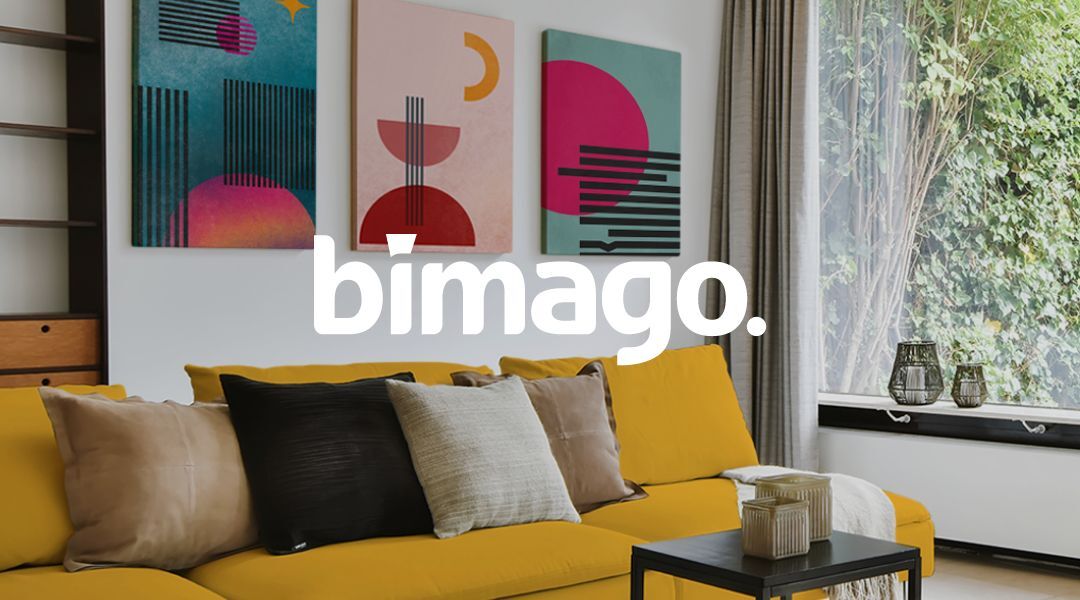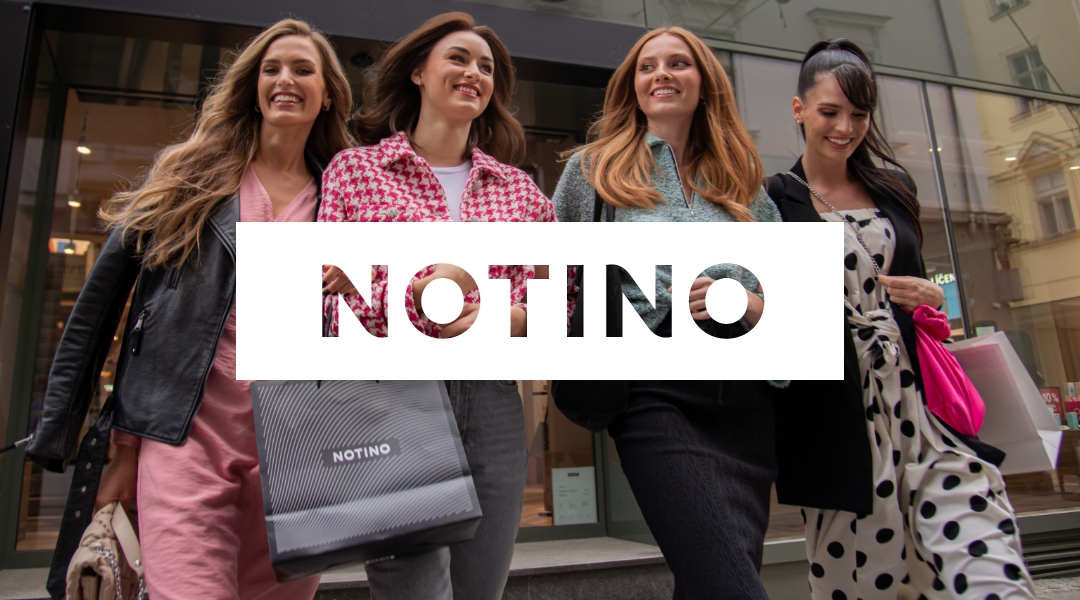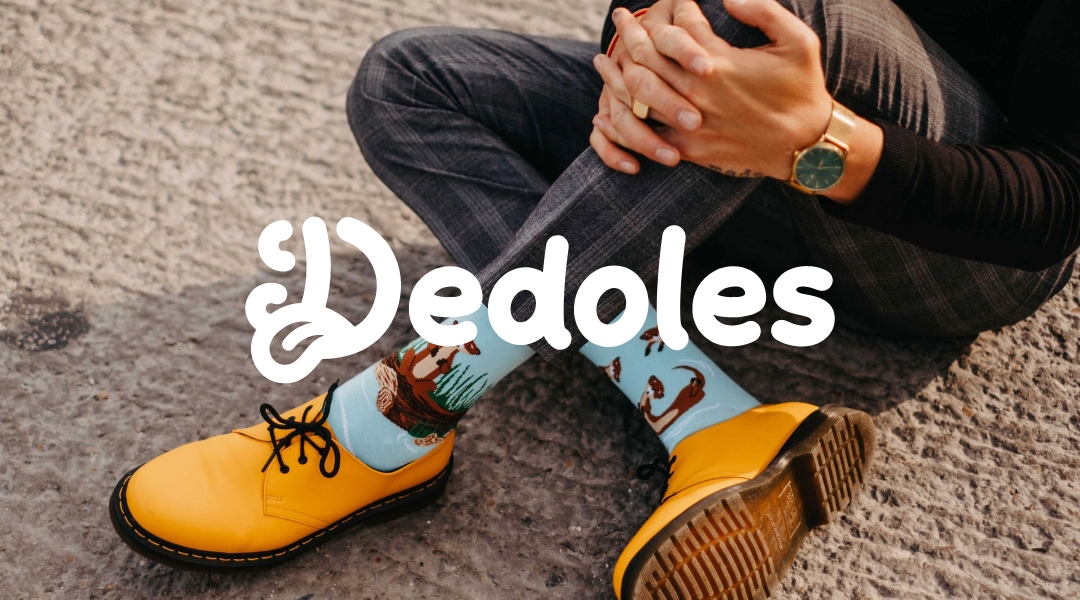United Fashion Group Drives Conversions With Loomi-Powered Contextual Personalization

United Fashion Group (UFG) has been successfully delivering apparel, footwear, and accessories to clients all over Central Europe for the past 15 years. Top UFG brand Topankovo uses the limitless power of Bloomreach Engagement — made possible by Loomi, Bloomreach’s AI for ecommerce — to offer truly personalized customer experiences.
The Challenge
UFG was looking to drive more on-site personalized engagement among customers shopping with Topankovo, a retailer of best selling shoes, handbags, and accessories. Topankovo was looking to improve conversion for curious website visitors that may have been browsing or found items that they liked but abandoned their shopping carts.
Conventional marketing channels often struggle to serve a particular segment. If this segment of customers is unresponsive to traditional methods of marketing, they’ll avoid subscriptions and promotional emails. That means that without a direct channel like email or push, discounts cannot be delivered to customers.
Topankovo needed an innovative way to offer tailored promotions and discounts to customers that were personalized based on user behavior.
Our goal was to enhance user engagement and conversion rates by offering a gamified experience on our website. We wanted to convert customers that weren’t interacting with our traditional channels like email, push, and social.

The Solution
Thanks to the combination of three Bloomreach Engagement staples — weblayers, contextual personalization, and a Plug and Play use case — Topankovo was able to able to optimize on-site personalization to give customers an engaging, gamified experience.
Plug and Play use cases are fully functional and ready-to-launch use cases with preset analytics that can deliver quick value with minimal effort for Bloomreach Engagement users. Topankovo turned to the contextual personalization use case to personalize offers based on customer preferences. The brand specifically used a gamified weblayer to help provide the best possible experience.
Unlike A/B testing, contextual personalization uses AI and machine learning to pick the right customers for any given message or product recommendation. This use case allows companies to offer a variety of different potential rewards (a discount, free shipping, etc.) by creating multiple weblayers with different offers.
By understanding every customer’s particular preferences and behavior, Loomi, Bloomreach’s AI for ecommerce, can automatically determine which weblayer variant to display on the homepage for each person. This saves brands like Topankovo hours of A/B testing time and ensures they’re delivering on the promise of true 1:1 personalization.
For its customers, Topankovo created a gamified weblayer designed as a scratch card banner with a hidden voucher. The banner was modeled after a scratch-off lottery ticket and used contextual personalization to offer customers free shipping, a 10% off discount code, or a 20% off discount code, depending on their past behavior and preferences.
The Results
It quickly became clear that Topankovo’s customers enjoyed the scratch card banner promotion. Using contextual personalization not only offered Topankovo customers an interactive experience online, but it also greatly boosted revenue for the company.
Of the customers who were shown the gamified scratch card weblayer, 20.4% “scratched off” the weblayer to redeem their offer. Of that 20.4% of customers, 43.75% of them converted on a purchase using the offer over the next 48 hours. The average order value (AOV) of these purchases was €57.30.
This was measured over one month and used a target audience of:
- Customers who have viewed the same product multiple times recently
- Customers with a historical cart update but no purchase
- Customers with a product price alert
UFG achieved its goal of turning targeted onlookers into actual customers while also providing an enhanced on-site personalized experience — all thanks to the power of weblayers, contextual personalization, and a Plug and Play use case.





